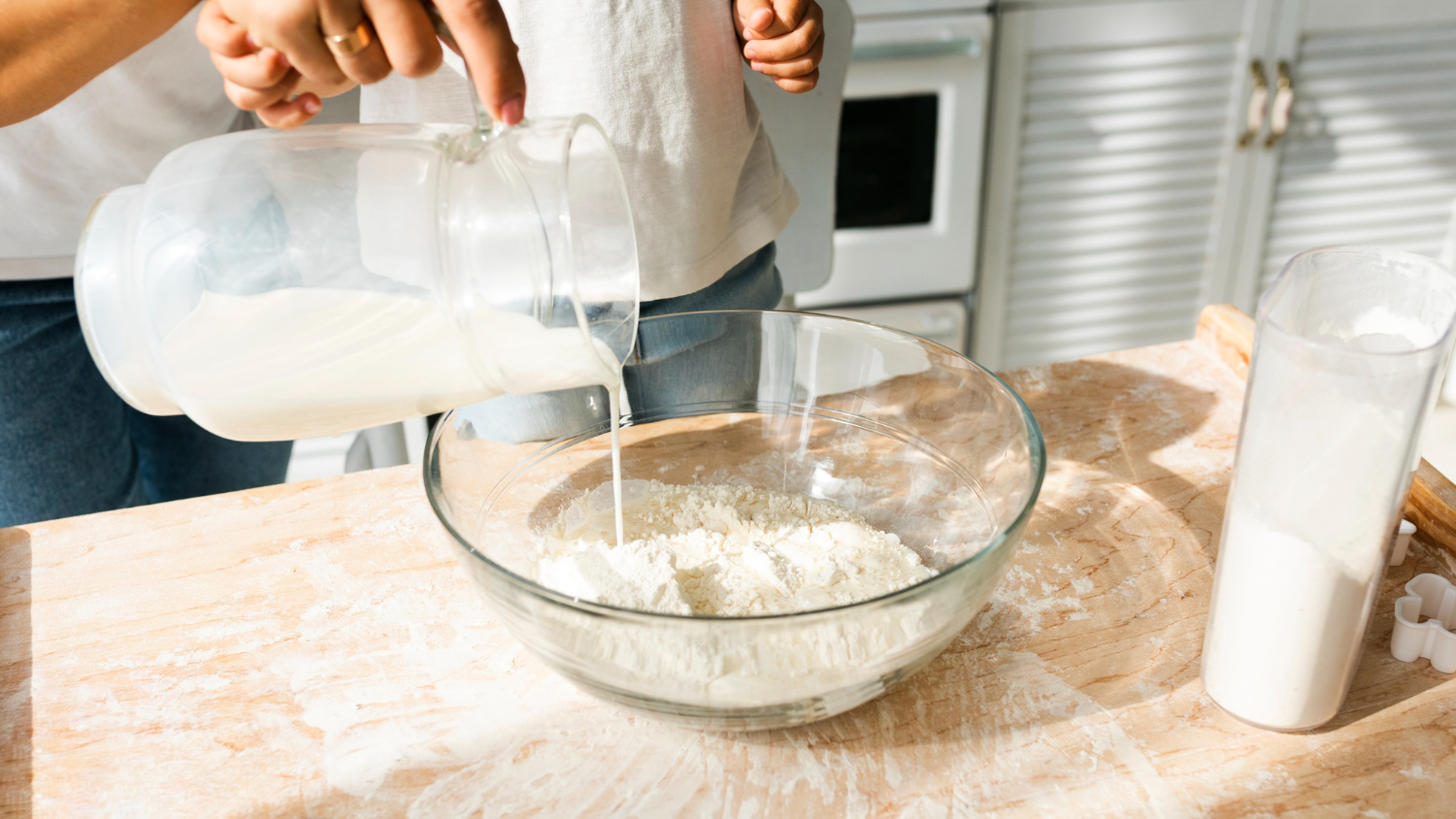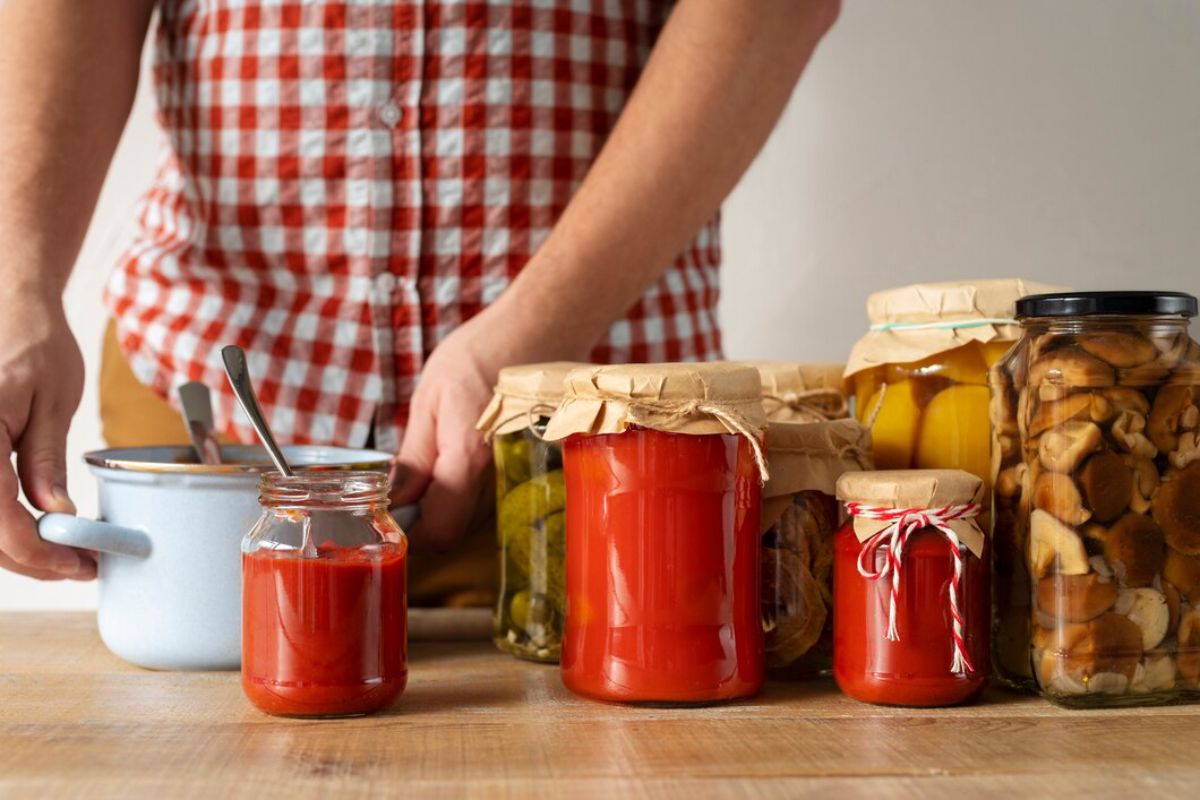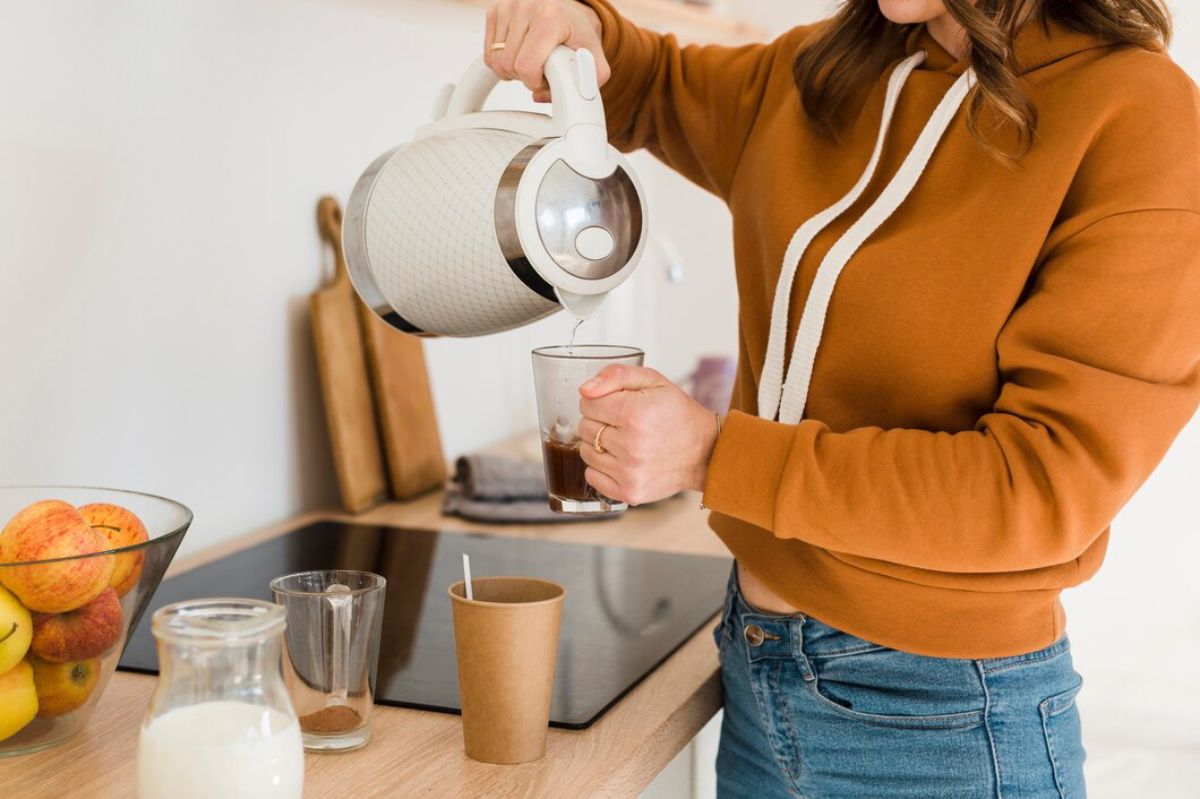
The Art of Coffee Roasting at Home
For the novice, home coffee roasting is an exciting and tasty process that gives you total control over your ideal cup. Roasting your own ensures maximum freshness, roast profile, and flavour nuances, all tailored to your specificity. Roasting coffee at home is an art form, so whether you are a beginner or looking to hone your roasting skills, this coffee roasting guide is the complete lowdown on achieving that perfect brew. Here is why you should roast coffee at home.
The Benefits of DIY Coffee Roasting
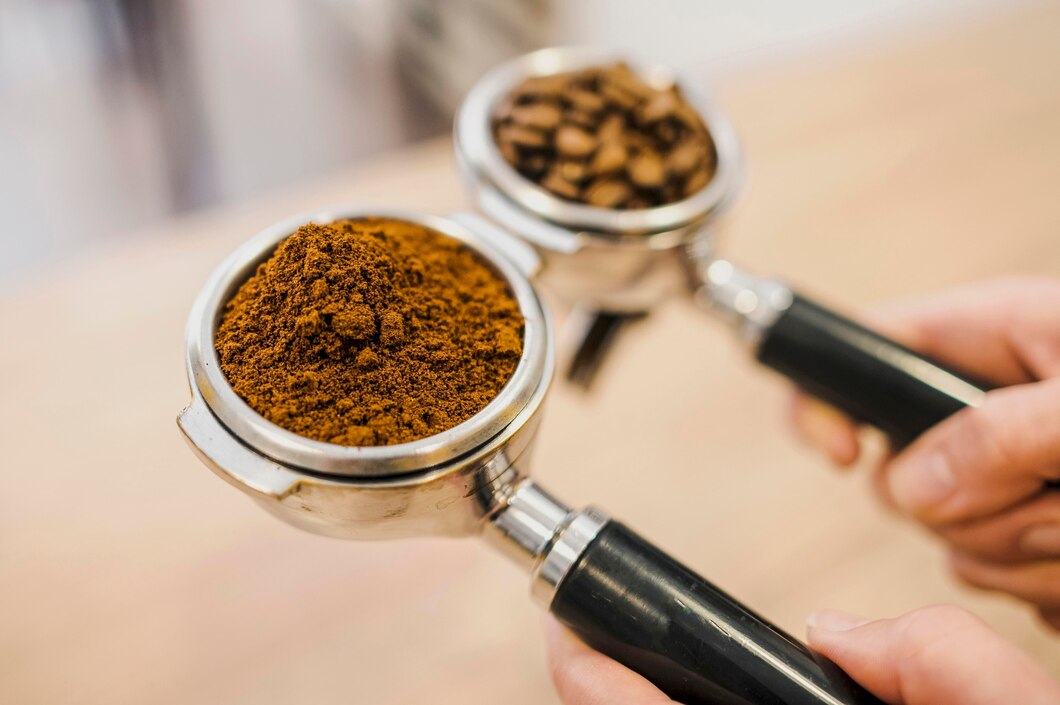
DIY coffee roasting offers several advantages:
- Freshness: Roasting your beans ensures maximum freshness and aroma.
- Customisation: You can experiment with different roast levels and discover your ideal flavour profile.
- Cost-Effective: Buying green coffee beans in bulk is often more economical than purchasing pre-roasted coffee.
- Educational: It deepens your appreciation of coffee origins, roast chemistry, and flavour development.
- Sustainability: Home roasting allows you to choose ethically sourced beans and reduce packaging waste.
Understanding Coffee Roasting
The Science Behind Roasting Coffee Beans
Roasting coffee is a transformative process that changes green coffee beans into the rich, aromatic brown beans we brew. Let’s see how to roast coffee. The process involves several key stages:
- Drying Phase: The beans lose moisture and turn yellow. This stage typically lasts for about 4–6 minutes.
- Browning Phase: Chemical reactions develop aroma and flavour. The Maillard reaction occurs, creating caramelisation and enhancing complexity.
- First Crack: Beans expand, releasing gases and cracking audibly, indicating the transition into an actual roast.
- Development Stage: Flavour complexity deepens, and roast level is determined based on how long you extend this phase.
- Second Crack (Optional): Darker roasts reach this stage, producing bolder flavours with reduced acidity and increased bitterness.
Choosing Your Coffee Beans
Selecting the Best Green Coffee Beans
The quality of your green beans significantly impacts the final flavour. Consider these factors when selecting beans:
Origin
- Ethiopian beans have floral, tea-like notes.
- Colombian beans offer balanced acidity
- Brazilian beans tend to have nutty, chocolatey profiles.
Processing Method:
- Washed: Cleaner, brighter flavours with more acidity.
- Honey: Balanced sweetness with medium acidity.
- Natural: Fruity, wine-like characteristics.
Variety:
- Arabica: Delicate, complex flavours with lower caffeine.
- Robusta: Stronger, bolder taste with higher caffeine content.
Methods of Roasting Coffee at Home
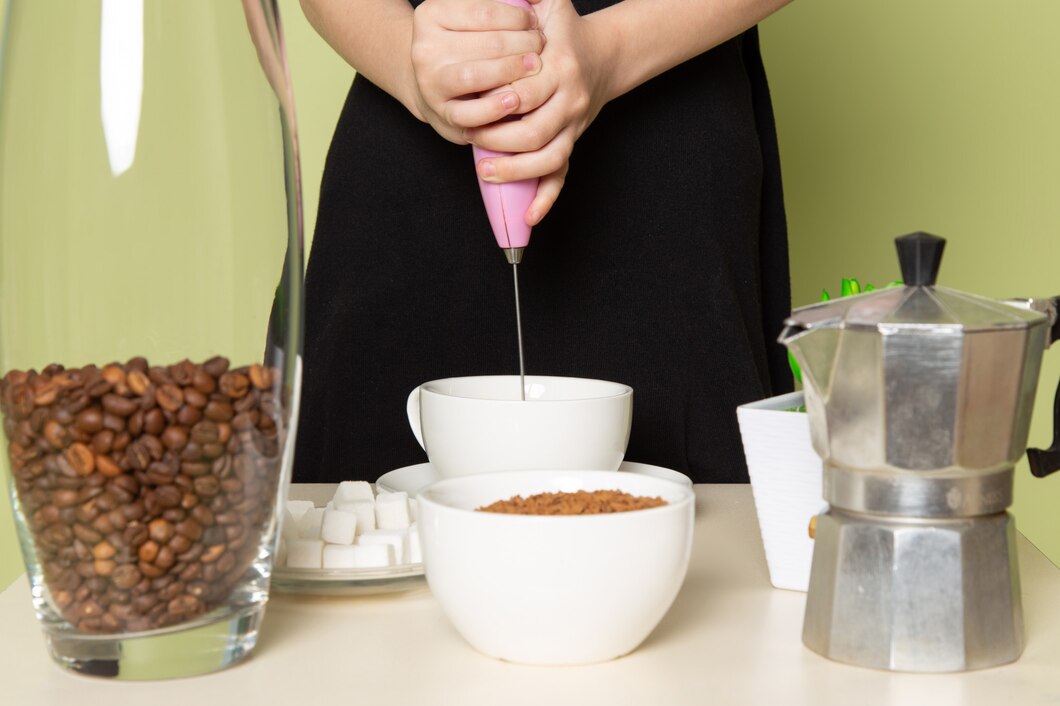
1. Roasting Coffee in a Pan
Pan roasting is an accessible method for beginners.
What You Need:
- A thick-bottomed pan
- Green coffee beans
- A wooden spoon
- A stove and ventilation
- A thermometer for temperature monitoring
Steps:
- Preheat the pan to medium heat (about 180–200°C).
- Add green beans and stir continuously to ensure even roasting.
- Observe colour changes and listen for the first crack (approx. 5–7 minutes).
- Remove beans based on preferred roast level.
- Cool the beans immediately using a metal colander or fan.
2. Roasting with a Popcorn Machine
A popcorn machine can be an easy alternative for small-batch roasting.
What You Need:
- An air popcorn popper
- Green coffee beans
- A metal bowl for cooling
Steps:
- Preheat the popcorn machine.
- Add a small amount of beans (avoid overloading to allow airflow).
- Stir occasionally and listen for the first crack (approx. 3–5 minutes).
- Remove and cool beans once the desired roast level is reached.
3. Using a Dedicated Coffee Roaster
A coffee roasting machine offers precise control over roast time and temperature.
What You Need:
- A home coffee roasting machine
- Green coffee beans
Steps:
- Set the roaster to the desired temperature.
- Add beans and start the roasting cycle.
- Monitor the roast development and adjust settings if needed.
- Cool the beans after the roast is complete using the roaster’s built-in cooling function.
Determining Your Ideal Roast Level
Your roast level determines the final flavour of your coffee:
Light Roast:
- Retains bright acidity and fruity notes.
- Has the highest caffeine content.
- Ideal for pour-over and filter brewing.
Medium Roast:
- Balanced acidity, body, and caramelised sweetness.
- Popular for drip coffee and espresso.
Dark Roast:
- Low acidity, bold flavours, and bittersweet chocolate tones.
- Works well for espresso and French press brewing.
- Cooling and Storing Roasted Beans
Proper Cooling Methods
Cooling the beans is essential to stop roasting and preserve flavours. Use:
- A metal colander for quick air cooling.
- A baking tray for even cooling.
- A fan or cold surface to speed up the process.
- Stirring during cooling to prevent further heat buildup.
Storing Roasted Coffee Beans
To maintain freshness, store roasted beans in:
- Airtight Containers: Prevents oxidation and flavour loss.
- Opaque Jars: Protects against light exposure.
- Cool, Dry Places: Avoid humidity and heat.
- Degassing Valve Bags: Allows CO2 release without losing freshness.
- Preservation is the key to a good, flavourful coffee. It is essential to follow specific preservation tips.
Brewing Freshly Roasted Coffee
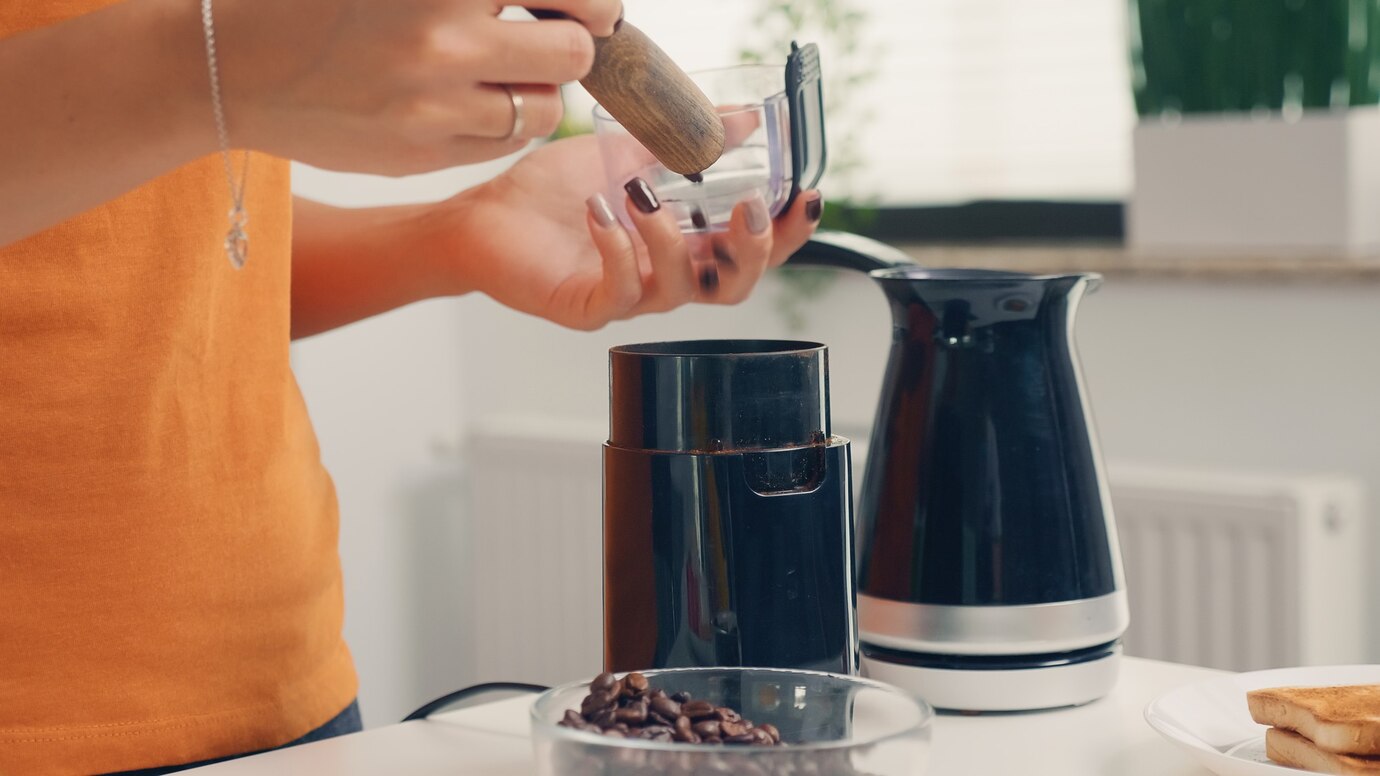
When to Brew for the Best Flavour
Freshly roasted beans need to rest before brewing:
- 12–24 hours for light roasts
- 24–48 hours for medium roasts
- 3–5 days for dark roasts
Resting allows gases to escape, improving extraction and taste.
Best Brewing Methods for Home-Roasted Coffee
- Pour-over: Highlights light roasts’ fruity and floral notes.
- Espresso: Brings out caramelised sweetness in medium roasts.
- French Press: Enhances bold flavours in dark roasts.
- AeroPress: Versatile for various roast levels.
Common Mistakes to Avoid
Troubleshooting Home Roasting Issues
- Uneven Roasting: Stir constantly to ensure uniform heat distribution.
- Burnt Beans: Avoid excessive heat and monitor colour changes.
- Underdeveloped Flavours: Extend roasting time gradually.
- Stale Coffee: Store properly and use within two weeks.
Enjoy the Art of Roasting Coffee at Home
Home-roasting coffee is a fun adventure that can deepen your respect for the art of coffee. With enough practice, you can master the various roasting methods, find your favourite roast profile, and brew the freshest coffee. No matter what tool you’re using, whether a pan, popcorn maker or dedicated roaster, the point is to remain patient and play around.
Using this coffee roasting guide, you can take your coffee experience to the next level, ensuring every cup you make is fresh, flavorful, and personal. Ready to start roasting? Gather your green beans and begin your DIY coffee-making adventure today!
Happy roasting for taste and gut!

